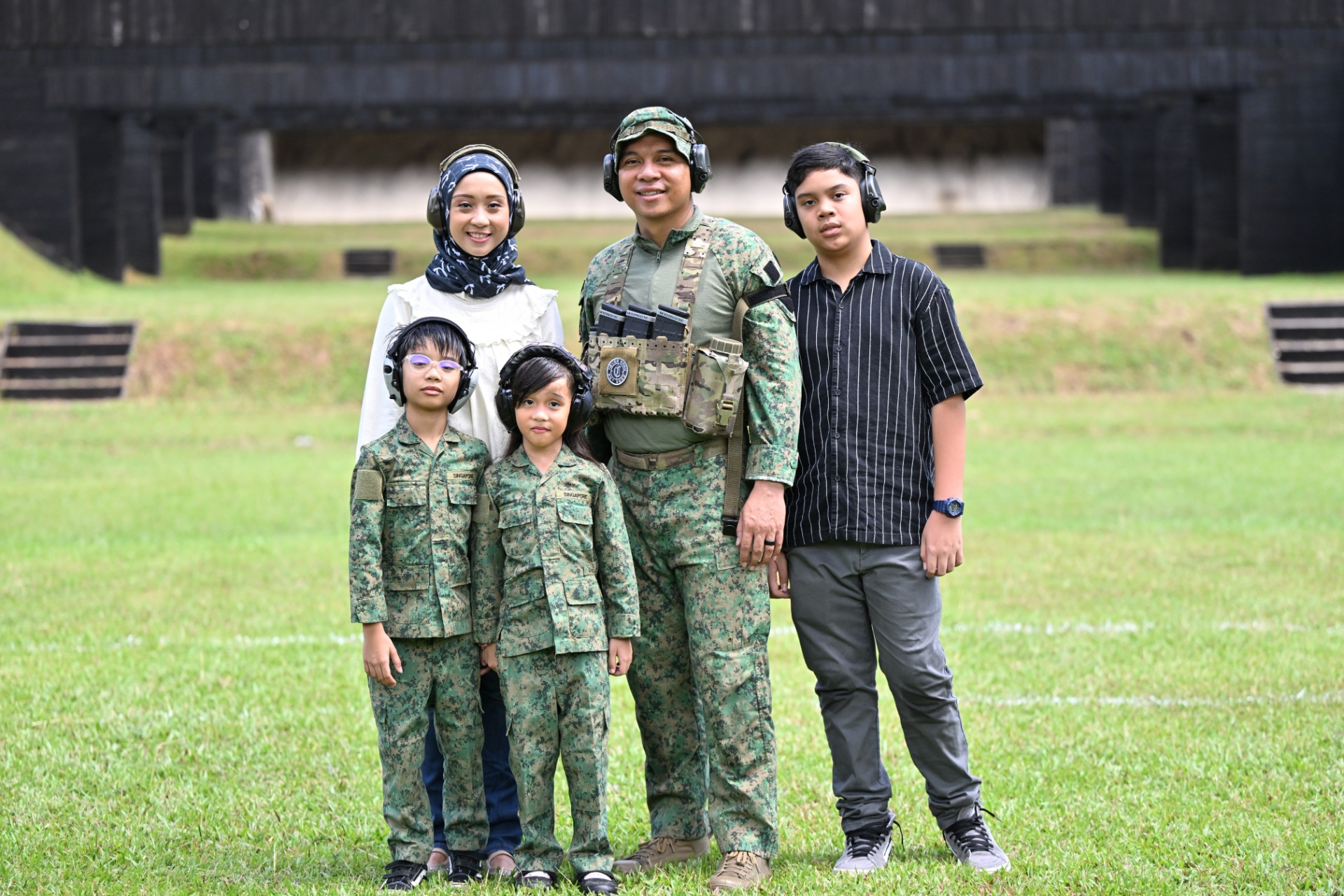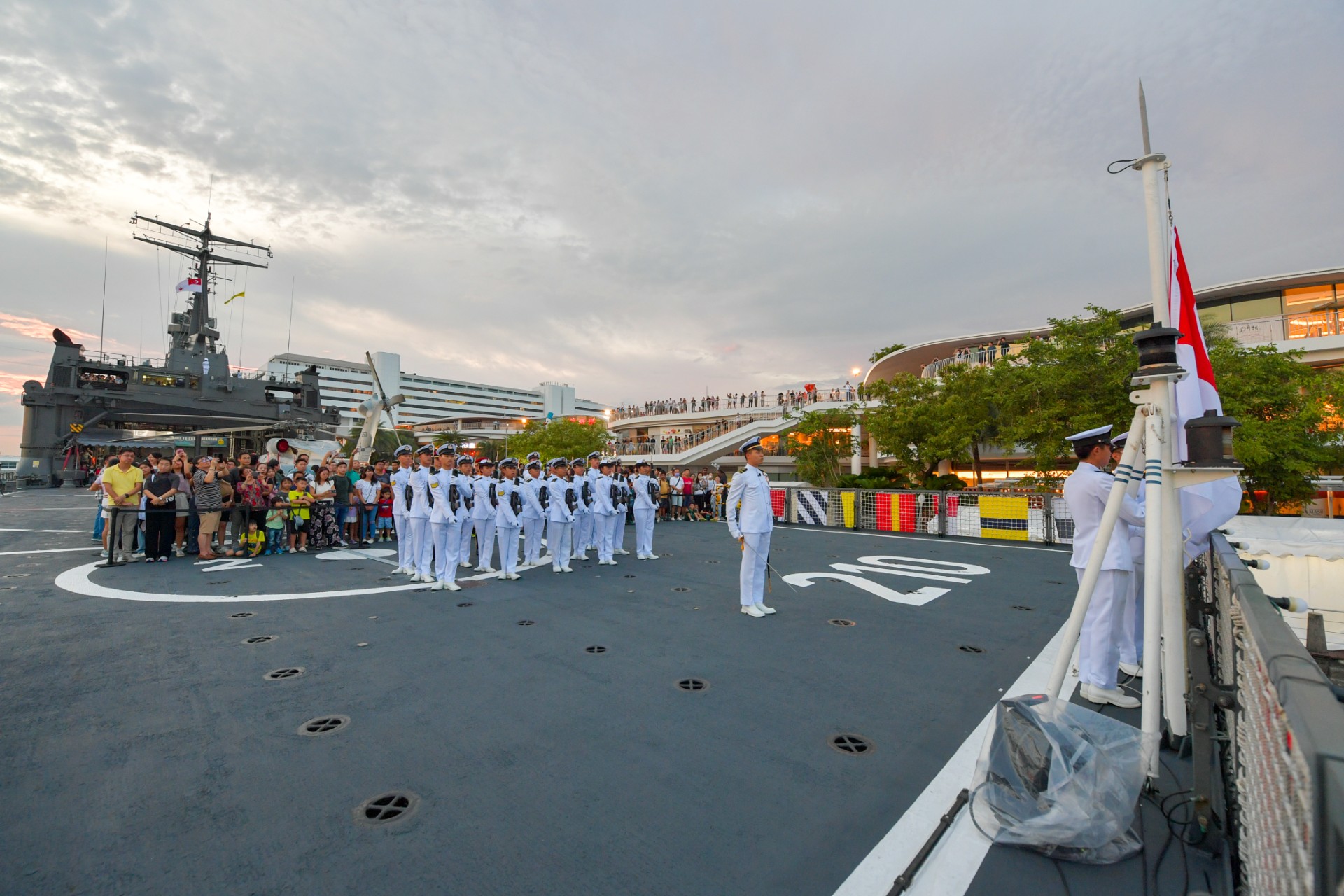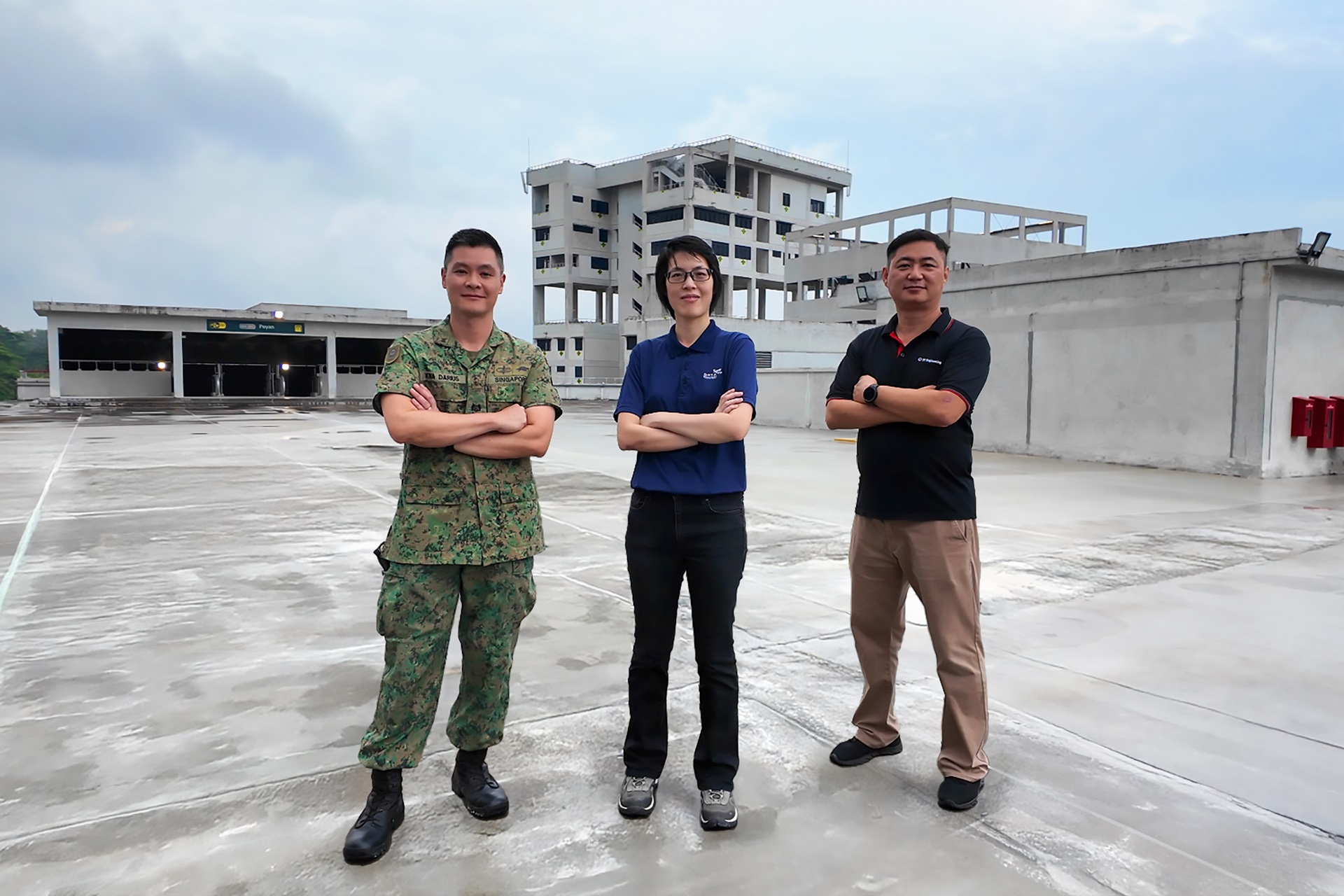THE LEGACY SERIES: SILENT UNDERSEA HUNTER
PHOTO // from the Internet
Arguably the most successful submarine of World War II (WW II), the Type VII U-boat was the No. 1 nemesis of allied ships and the workhorse of the German U-boat force.
Initially dismissed as mere playthings, more novelty than hard-edged military assets, submarines gained a fearsome reputation following Germany's successful deployment of its Unterseeboots (literally undersea - or U-boats) during WW II.
It was these submarines that prompted then-British Prime Minister Winston Churchill to state: "The only thing that ever really frightened me during the War was the U-boat peril."
About 1,200 U-boats were commissioned by the German Navy during the WW II era, and of these, 709 were the Type VII U-boat - the most feared vessel then. Tasked to disrupt shipping vessels plying the Atlantic Ocean between America and continental Europe, Type VII U-boats were fearsome predators of cargo and warships alike.
Submarines of this type were in active service from 1936 right up to 1970, with six major variants denoted by suffixes "A" to "F", all of which were improved versions of the last design. For example, the second incarnation designated "Type VIIB" was fitted with saddle fuel tanks for increased range. It carried 33 tons more fuel than the first design, giving the submarine a maximum range of 15,000km as compared to its predecessor's range of 11,000km.
The most successful vessel in the Type VII family - a Type VIIB commissioned the U-48 - is reported to have sunk 51 enemy ships and damaged another three vessels during her three years in service from 1939.
Shaped by function
In order to build sufficient numbers for war and work around the Anglo-German Naval Agreement of 1935 which limited the total tonnage of the German Navy to just 35 percent of the United Kingdom Royal Navy's, the Germans needed a cheap and efficient submarine.
To address these considerations, the Type VII U-boat was created in June 1936. The Type VII had the necessary range, sea worthiness, armament, and manoeuvrability for the trade war in the North Atlantic Ocean. While it was neither a class-leading vessel nor the most advanced, its pragmatic design stood it in good stead.
A simple tear-drop-shaped hull dominated the exterior of the Type VII U-boat. Similar to monocoque (single, integrated frame) construction techniques widely used in the car industry today, the Type VII's exterior skin also formed the main load bearing structure to cut cost and weight.
In order to withstand pressure while submerged, the Type VIIs were reinforced with steel girders that allowed it to descend to a maximum depth of 250m. Some variants also had a periscope-like air intake which allowed the U-boat to remain just below the sea surface.
Agile and deadly
All Type VII U-boats were designed as fast-attack vessels. Power was provided by two MAN diesel-electric engines outputting 3,200 horsepower. In the Type VIIB U-boats, supercharged engines were used for even greater power. In comparison, common passenger cars typically output about 100 horsepower.
When put underwater, Type VII U-boats caught up with their prey at a blazingly fast top speed of 17.2 knots (32kmh), compared with the 9 knots that shipping convoys typically make.
Although torpedo capacity differed from variant to variant, all Type VIIs had 11 torpedo tubes. The first incarnation - Type VIIA - carried 11 torpedoes which could be loaded only at port.
The Type VIIB was upgraded to carry 14 torpedoes and it also came with an internal reloading system. This was the upgrade that upped the ante. Now free to roam and no longer dependent on surfacing to reload, the Type VIIs dominated the seas.
By the time the sixth and final "F" variant came round in 1943, the U-boat could carry a whopping 39 torpedoes. The Type VIIF also carried up to 39 naval mines, a mounted 88mm cannon and a 20mm FLAK (anti-aircraft) gun. Although deck armaments were primarily used for self-defence, U-boat commanders were known to employ them while attacking shipping convoys.
Tactical strength
U-boat commanders were infamous for their "wolf pack" (Rudeltaktik) tactics when attacking shipping convoys. These convoys were fiercely guarded by the Allied forces as their fates were inextricably connected to the safety of their cargo, and keeping supply lines intact was fundamental to sustaining the war effort.
Basically, German U-boat commanders coordinated joint attacks and randomly attacked Allied shipping convoys with no clear line of approach.
After the fall of France in May 1940, which gave the German Navy access to a series of land stations from which to transmit and coordinate U-boat movements in the Atlantic Ocean, Rudeltaktik operations began in earnest.
The tactic was so effective that U-boat force commander Grand Admiral Karl D nitz, the man who made the strategy famous, called the period from May to December 1940 "The Happy Time".
Today, few Type VIIs remain in existence, with the most notable being the Type VIIC/41 U-995 at the German Navy memorial at Laboe, Germany, which is situated on the Baltic Sea coast.
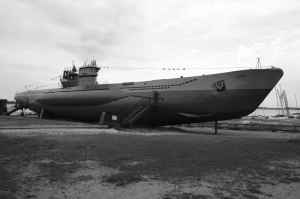
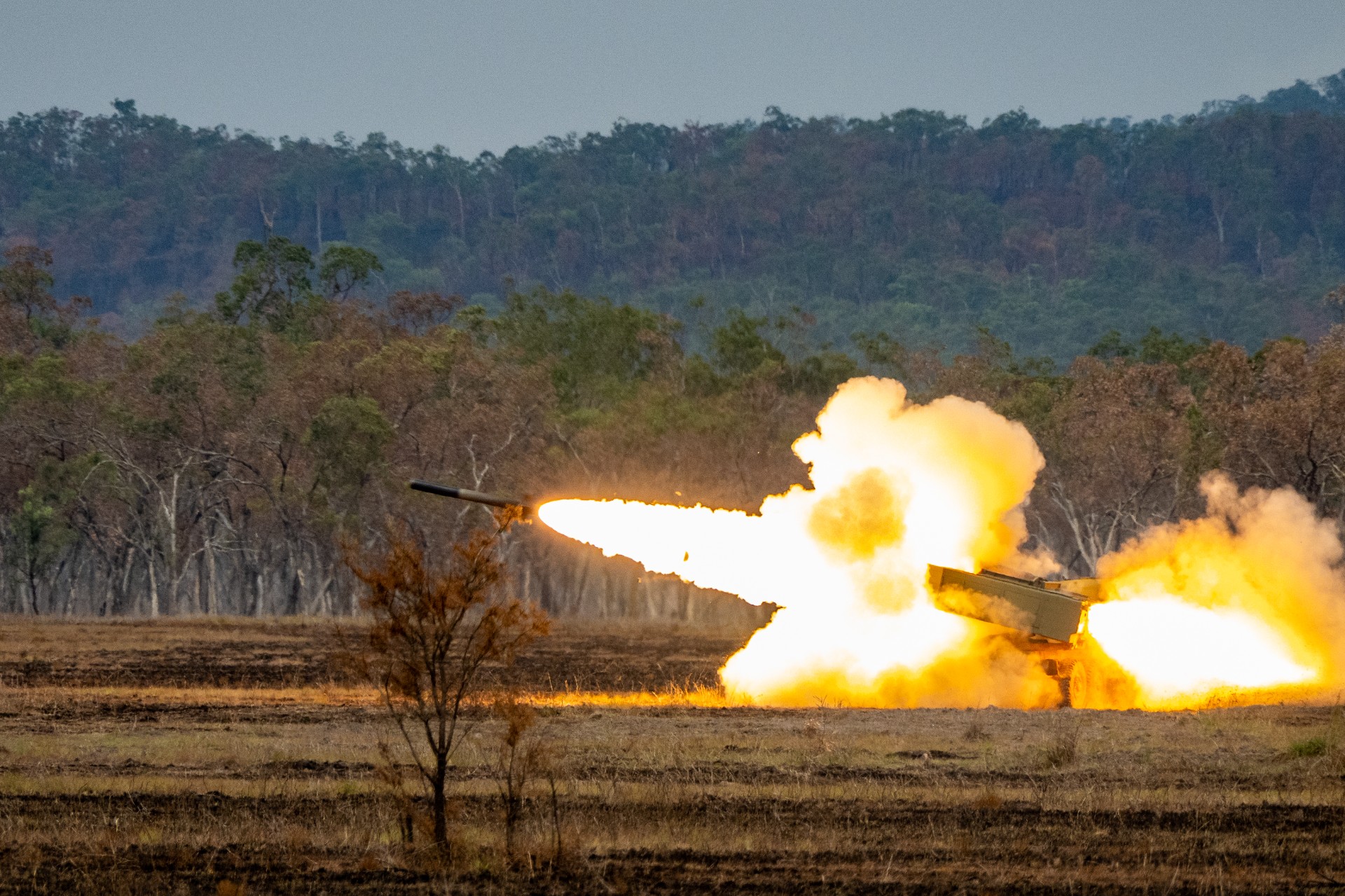
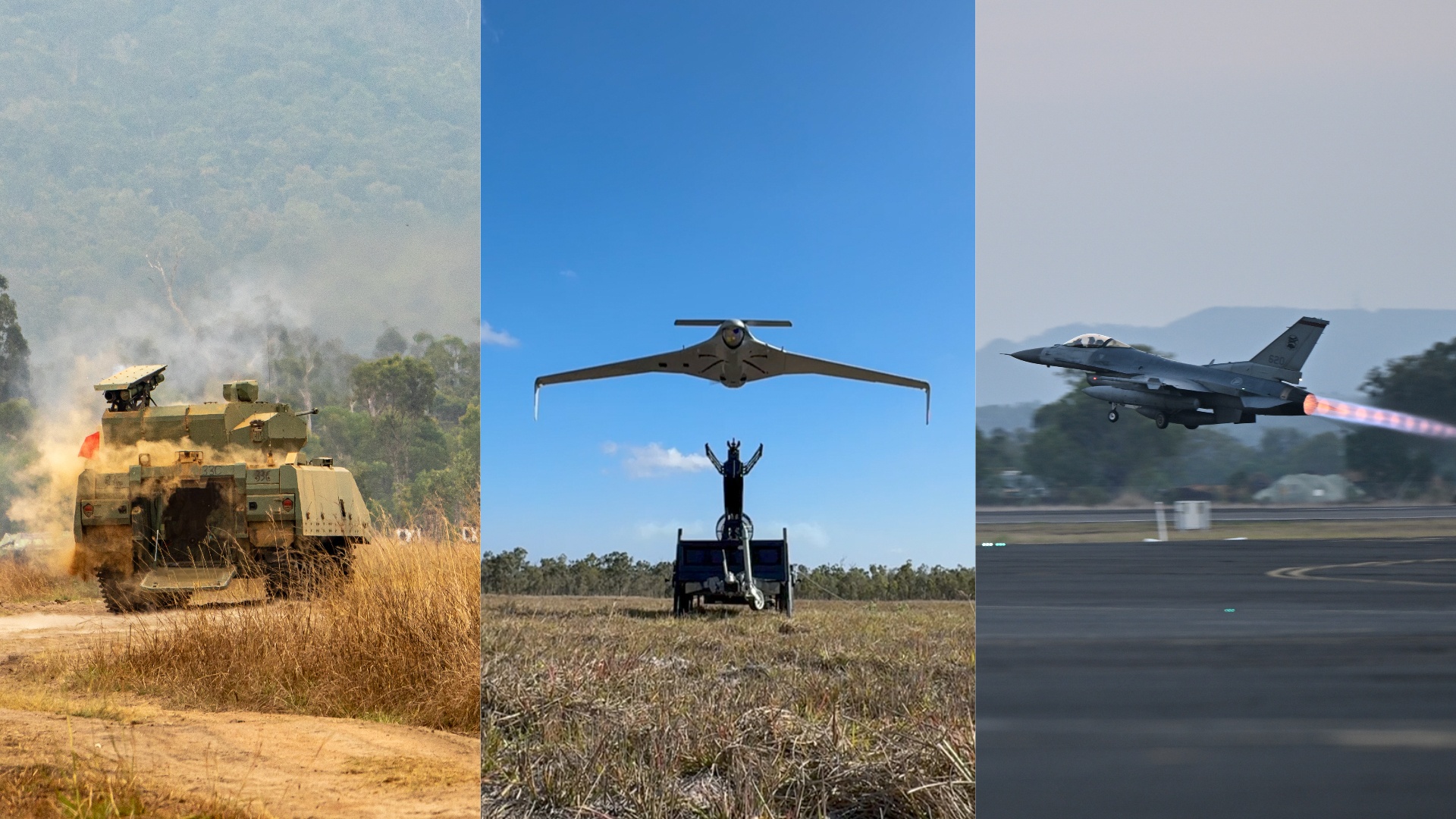

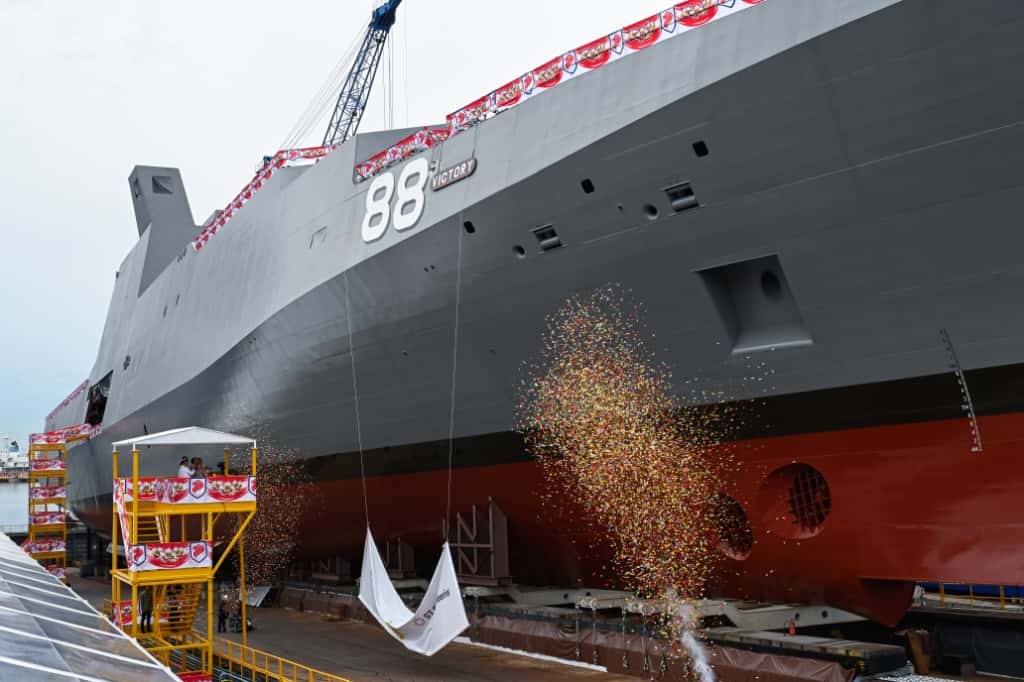
-dsc_2181.jpg?sfvrsn=cf8a503f_1)


